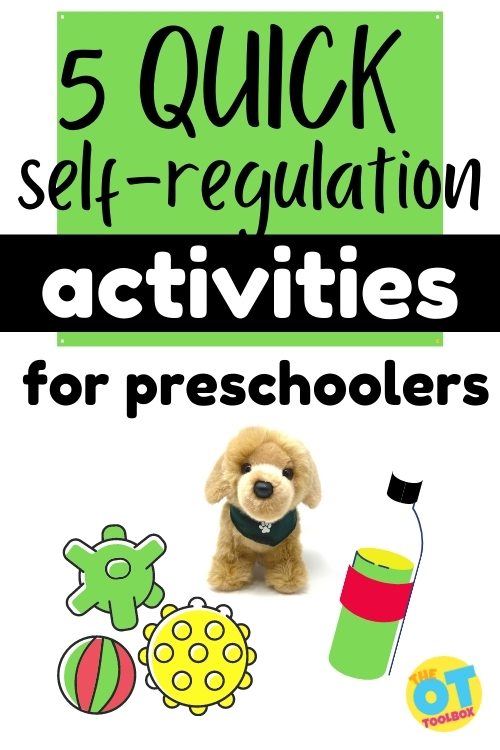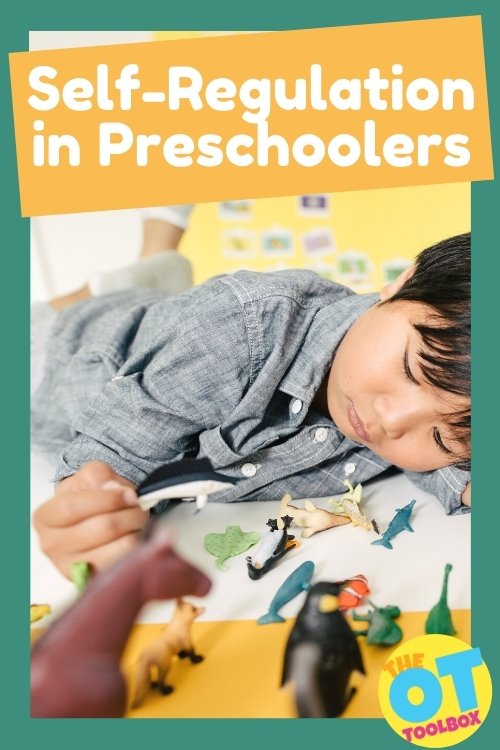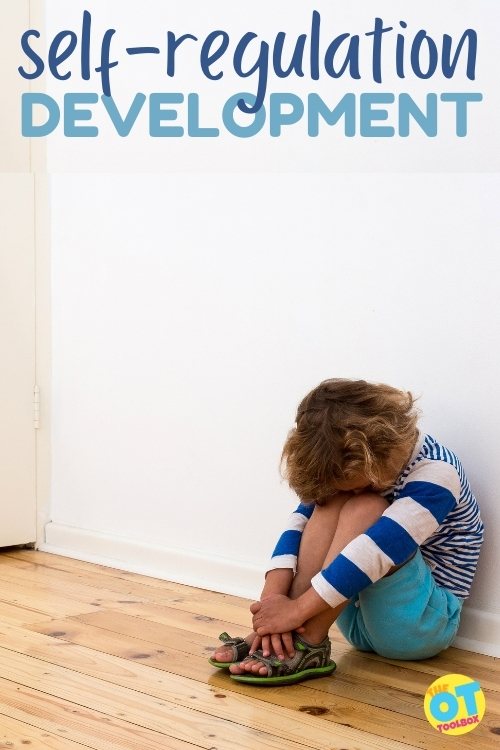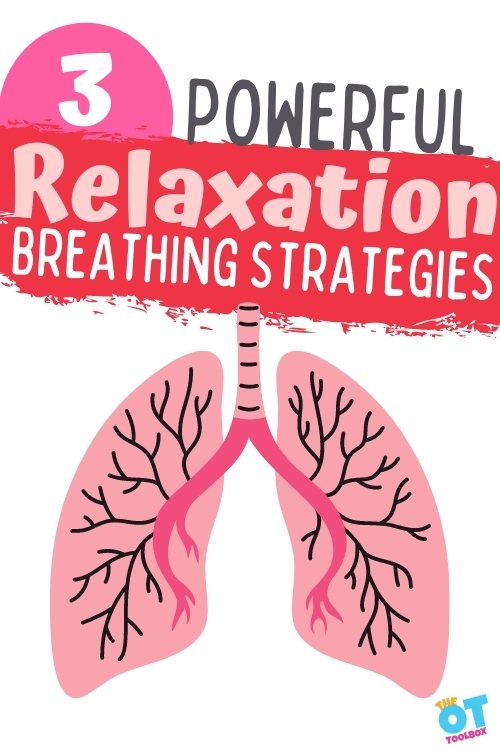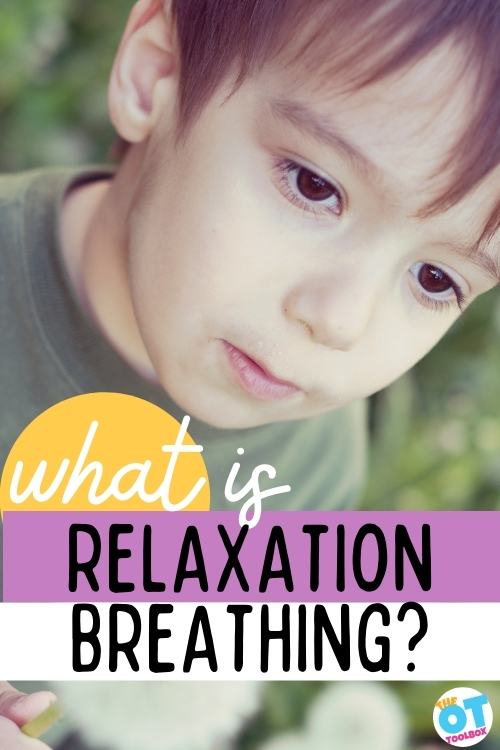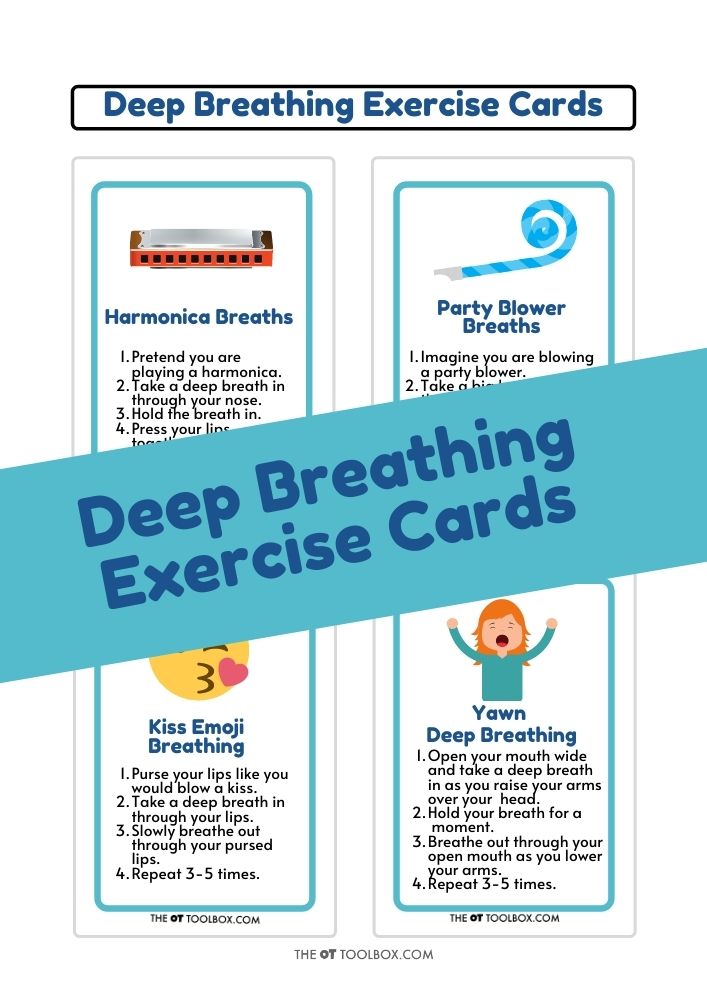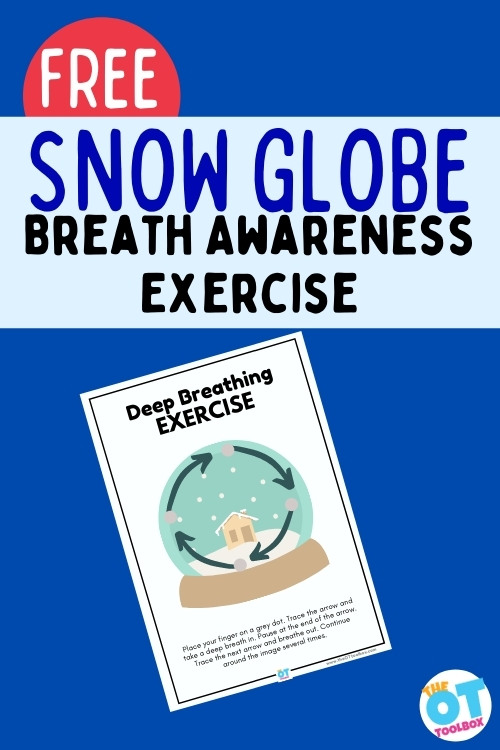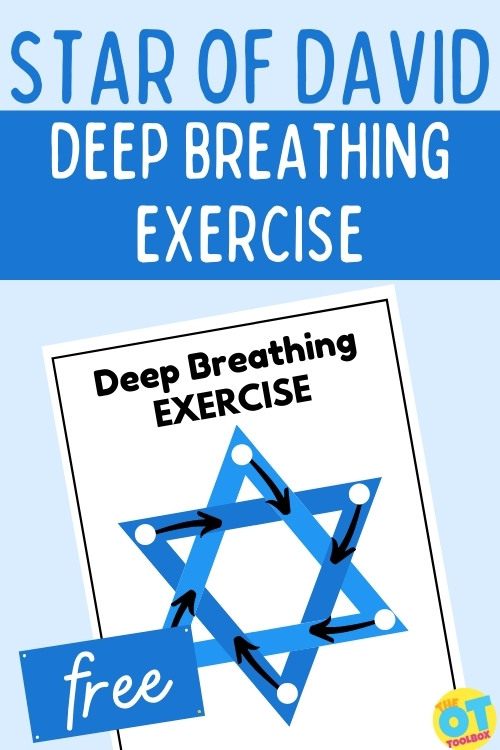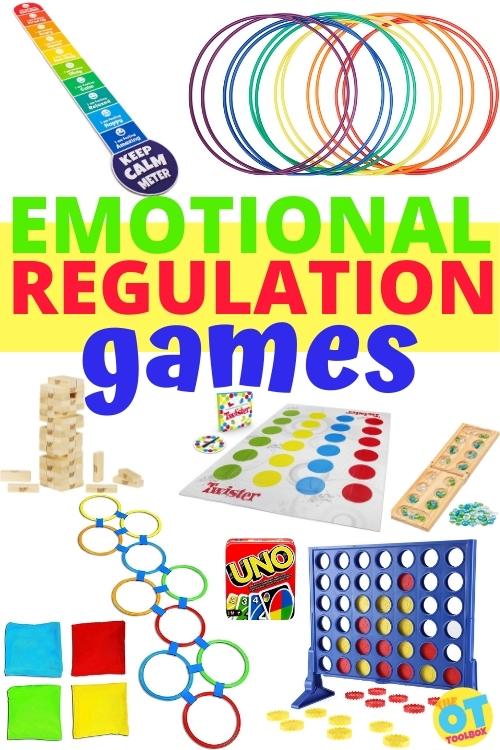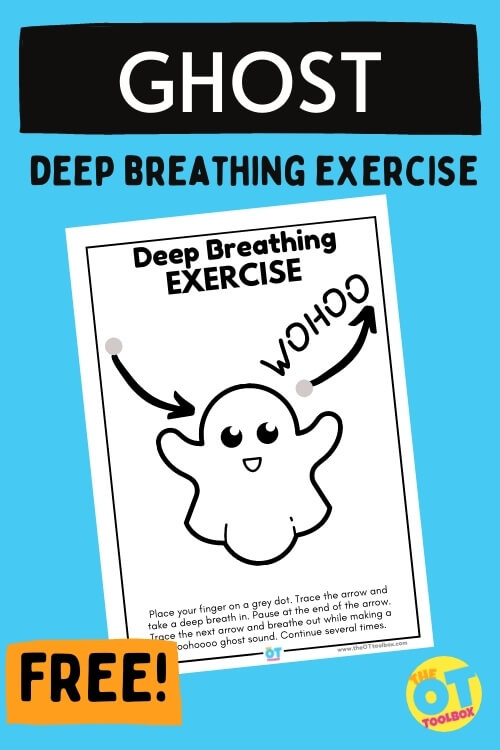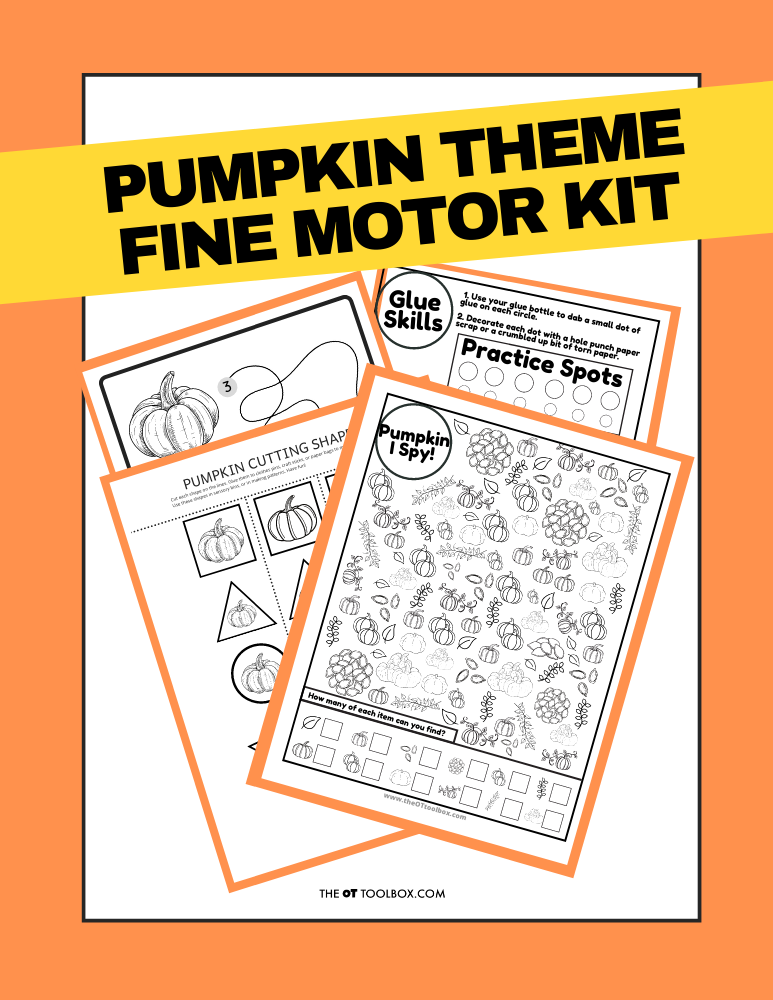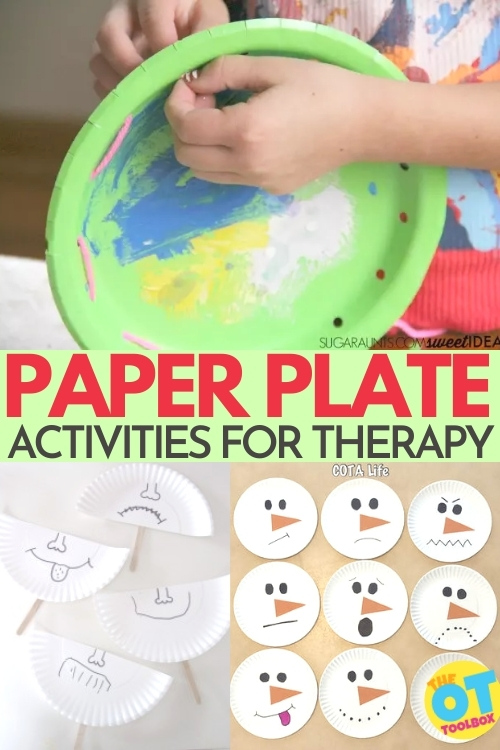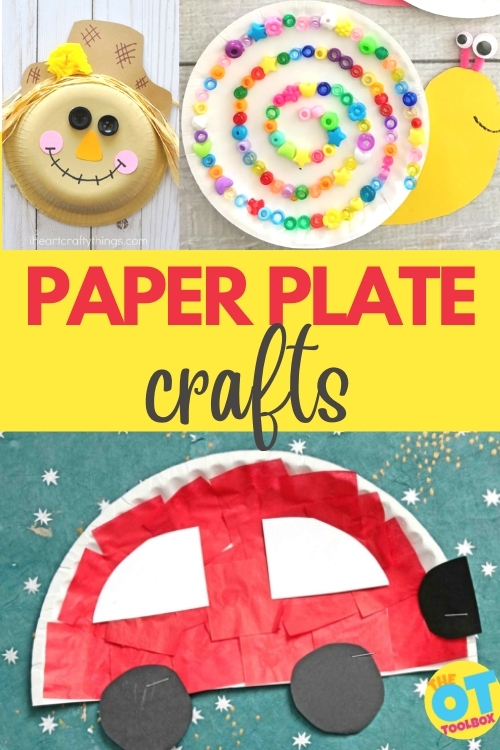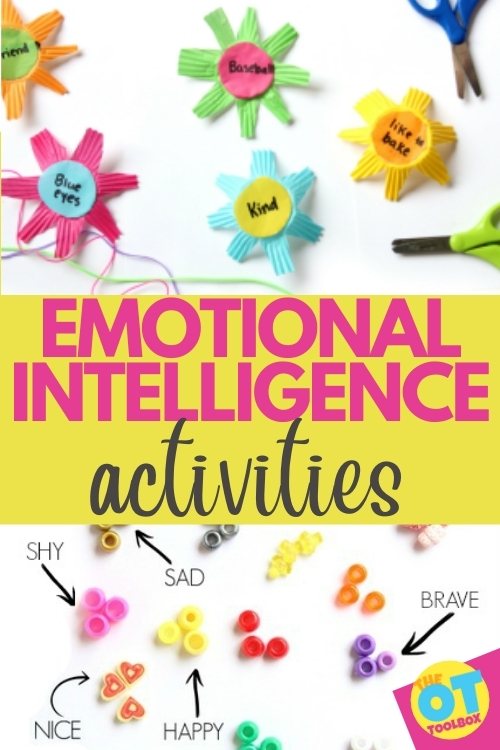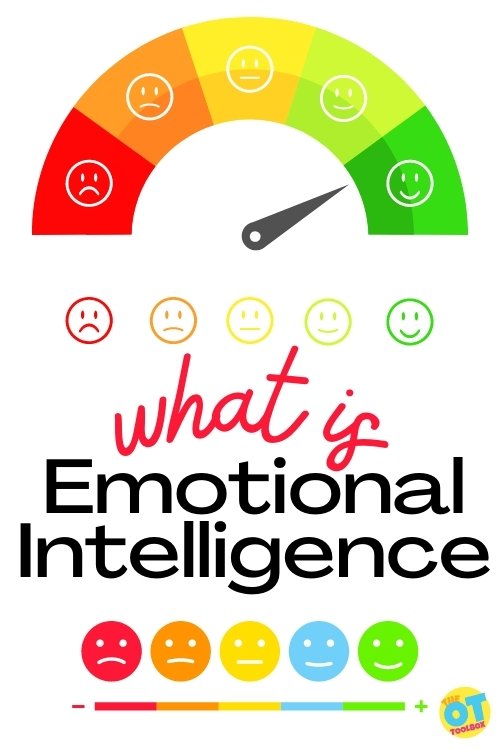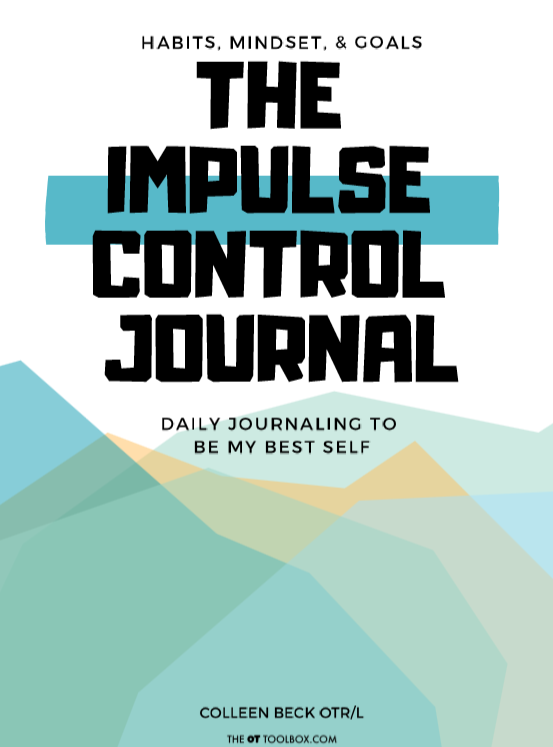This Lion and Lamb Self-Regulation Activity for kids is perfect for helping kids build their ability to control emotions and behaviors in a fun, spring themed way. Use this tool to help kids adjust to difficult situations in the classroom or at home. Self-regulation is a big term. Let’s see if we can explain that term a little here and provide you with strategies to help with regulation.
Lion and Lamb Self regulation Activity
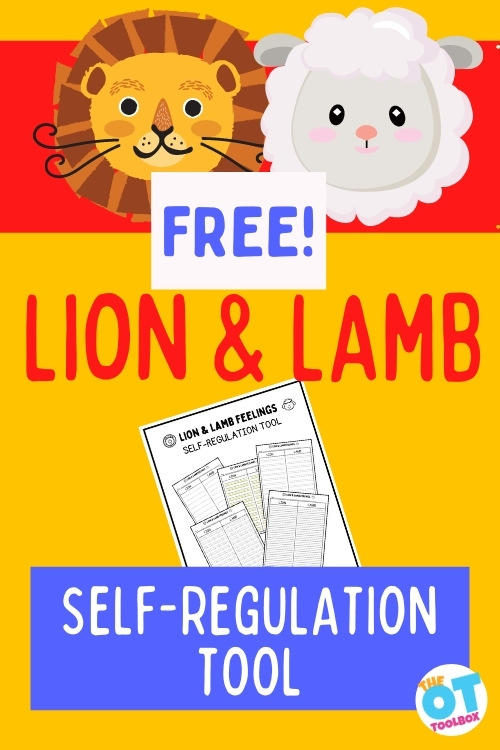
Here, we’re covering a fun self-regulation activity using the imagery of in like a lion and out like a lamb…typically depicting the volatile March weather. BUT, we can take that metaphor and relate it to the story emotions using lion terms like fast, loud, tearing, roaring, etc. and the soft and quiet emotions we relate to a lamb: soft, quiet, calm, etc.
When learners use those terms to identify their own feelings and emotions, we give them the words to describe how they feel. We also provide a visual imagery of how their body looks both from the inward and outward perspectives. This is a powerful concept for kids and one that can take the self-regulation process to the next level of automaticity.
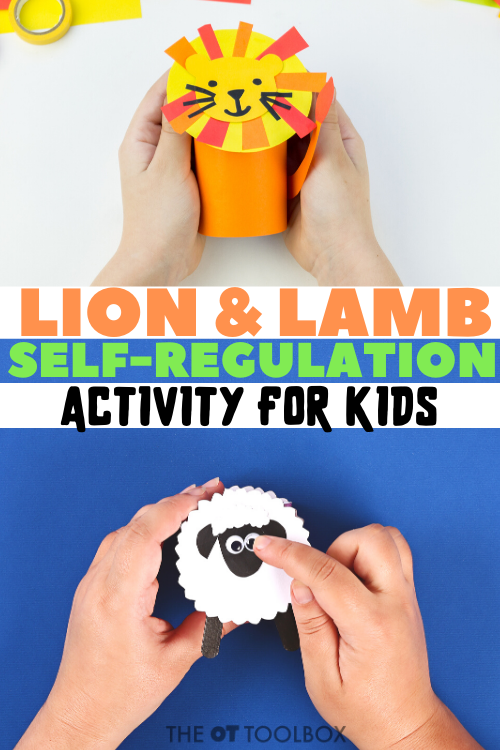
Occupational therapy and self-regulation
In occupational therapy, self-regulation activities can play a big part in treatment interventions. Kids can really struggle with emotional control or mindfulness in a situation in a way that impacts their functioning. Understanding how sensory processing plays a part in regulation and behaviors is part of the occupational therapy self-regulation intervention plan.
Occupational therapists can help parents, teachers, and children understand what is going on behind big emotions or big behaviors. They can help them see that self regulation strategies can make a huge difference in paying attention and learning in the classroom or completing tasks that need to be done at home.
Self-regulation is a difficult skill for many children. Kids of all ages and developmental levels have a need to build on their self-regulation skills. Building self-regulation skills allows kids to deal with their emotions in appropriate and functional ways.
When a child is able to control their emotions, they can adjust to situations while managing their feelings and behaviors. Here is more in-depth information about self-regulation.
This self-regulation activity helps children understand and put words into the ways their body and mind may be reacting to certain situations.
Lion and Lamb Self-Regulation Activity
This post contains affiliate links.
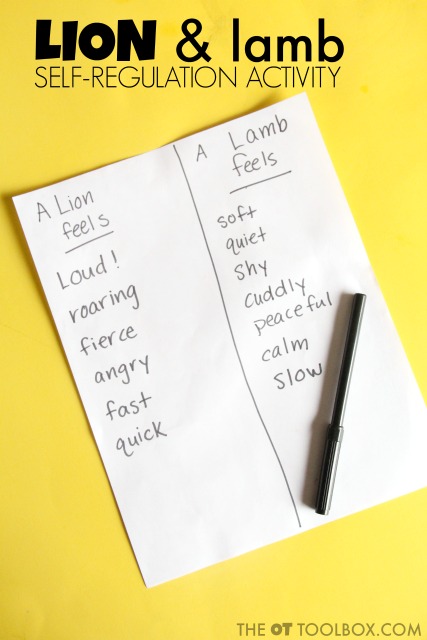
Using a lion and lamb metaphor is a concrete way for kids to learn about and understand self-regulation. Many times, kids understand when their body or brain is not in control. Situations can get away from a child, when they are unable to react or respond in an appropriate manner.
Kids can use the idea of a lion and lamb to understand different ways that they might be feeling. This activity should be done in a separate time from breakdowns or tantrums. When a child is calm and open to talking about previous situations, sit down with the child or group of children and talk about how it might feel to be a lion and a lamb.
Self-Regulation Activity For Kids
For this activity, I used just a piece of paper and divided it into two columns. This could be done on a large notebook on an easel in front of the classroom and hung as a poster in the classroom. This paper is a great price and can be used on any easel.
Use the lion and lamb imagery to work on feelings concepts and emotional learning.
Social emotional learning plays a huge role in how we act, or behave. It’s all part of that self-regulation piece that impacts learning, interaction with others, and daily functioning.
I asked my preschooler and first grader how a lion might feel and how a lamb might feel. We talked about how lions are load and fast and how a lamb is calm and quiet. As they mentioned describing terms, I just jotted them down on the columns.
Then, we looked at the whole list for each animal. At this point, you can talk with the class about how we all feel all of these ways at one time or another. Sometimes we feel soft-spoken and slow and other times we feel loud and “roar-y”!
Self-regulation is adapting to and responding to sensory, emotional, and cognitive input. The way our body and mind acts and thinks can get stuck if we don’t use our self-regulation abilities. Below, you will find a list of self-regulation strategies. They can be incorporated into occupational therapy’s self-regulation suggestions, or used to meet the child’s needs with adapting to and responding to sensory/emotional/cognitive input.
Use the lion and lamb metaphor to help kids adjust in appropriate ways. You can tell your child or students that there are times that it is appropriate to “be a lion” and there are times that it is appropriate to “be a lamb”.
in like a lion out like a lamb craftS
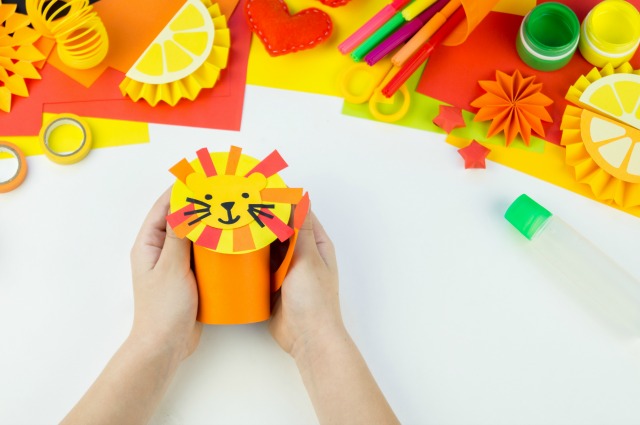
Then, take the discussion further by incorporating a lion and lamb craft.
- Some ideas are using toilet paper rolls to make a lion and a lamb. Kids can work on the fine motor skills to cut out paper parts and glue them onto the toilet paper roll.
- For some kids, the crafting experience can be an exercise in self-control, too!
These lion and lamb themed activities would be another great way to incorporate a lion and lamb theme into discussion with your kids or classroom:
- Make a pine cone lamb craft while talking about the qualities of a lamb. (Fireflies and Mudpies)
- Use a lion and lamb ten frame to work sneak address math concepts with the same theme. (Fun-a-Day)
- Make these In like a lion and Out like a lamb puppets and get creative with the imagination play. (Still Playing School)
Talk about how “lion weather” might be blustery and fast, windy and stormy. It relates back to a loud lion that is rough, fierce, or angry.
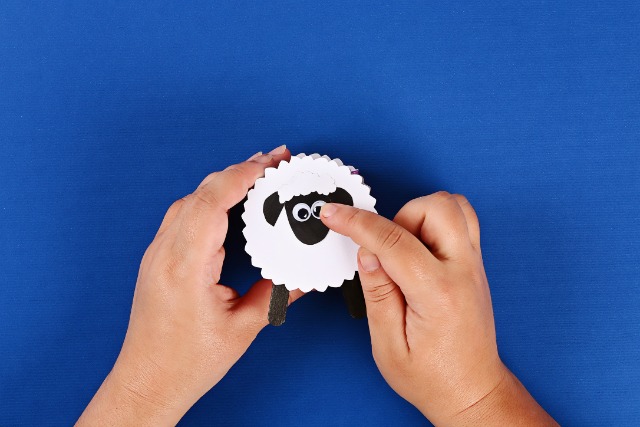
Then make a lamb craft out of a toilet paper roll. Kids can cut the paper pieces from cardstock or construction paper and work on gluing them on by copying a visual model. While crafting, discuss the qualities of a lamb, and how that relates to calm or soft voices, or peaceful and soft voices.
Another idea is to use this lamb handprint craft. Simply make a handprint using white paint and draw on the features of a lamb. Children can make the lion craft in the same way by sing yellow paint and drawing on or gluing on feature of the lion.
More Self-Regulation Activities
Next, come up with techniques to adjust to situations when the child needs to switch from a lion to a lamb or vice versa. One strategy is using sensory tools to help calm down or speed up our bodies. Try these sensory activities as a list of self-regulation strategies to address many different needs and interests.
Try some of these calming sensory ideas to calm down a “lion”
- Wall push ups
- Chair push ups
- Carrying a stack of books
- Pushing a laundry basket full of toys
- Tug of war
- Animal Walks
- Yoga
- Deep breathing
- Stress toys
- Drinking from a cup with a straw
- A calm-down station or corner
- Wrapping up in a blanket
- Pillow sandwiches
Try some of these ideas to alert a “lamb”
- Jumping
- Skipping
- Trampoline
- Jumping Jacks
- Head Shoulders Knees and Toes
- Icy drink
- Clapping games
- Spinning on a swing
- Dancing
- Brain Breaks
- Playing catch
More lion & lamb activities
More sensory heavy work activities you may like:
Proprioception Backyard Play Activities
Fall Proprioception Activities
Play Dough and Rocks Fine Motor Proprioception
Ice Cube Proprioception Activity
Spring Occupational Therapy Activities
Add these lion and lamb ideas to your Spring occupational therapy line-up. Here are more ways to keep your therapy planning full for the next few months:
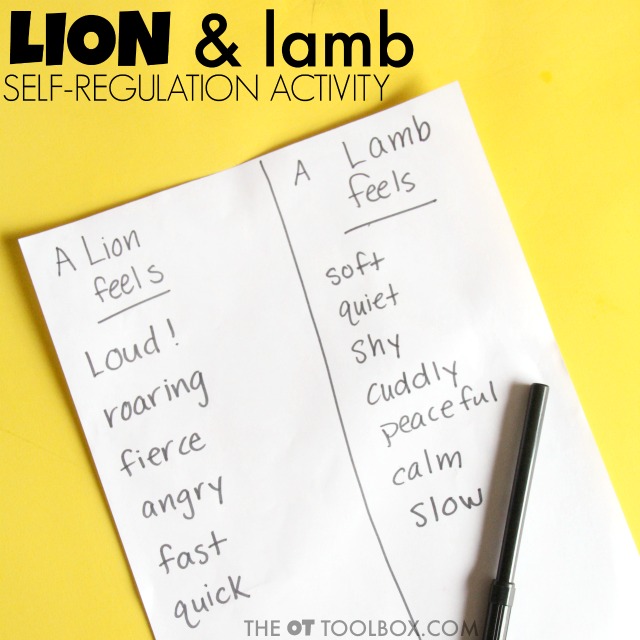
Free Lion and lamb Self Regulation Tool
Print off this self-regulation PDF and work on identifying areas of self-regulation with a lion and lamb theme. This is great for the month of March, but can be used any time of year using the lion and lamb imagery.
Self-regulation is a difficult skill for many children mainly because of the development happening along with outside influences in the world around them. Day to day tasks can feel very “out of ones control” to children. Add in emotions, communication struggles (We all struggle to communicate our feelings and emotions at one time or another!)
Kids (and older…adults included) of all ages and developmental levels have a need to build on their self-regulation skills. Building self-regulation skills allows kids to deal with their emotions in appropriate and functional ways.
When a child is able to control their emotions, they can adjust to situations while managing their feelings and behaviors.
Using a lion and lamb metaphor is a concrete way for kids to learn about and understand self-regulation. Many times, kids understand when their body or brain is not in control. Situations can get away from a child, when they are unable to react or respond in an appropriate manner.
Kids can use the idea of a lion and lamb to understand different ways that they might be feeling. This activity should be done in a separate time from breakdowns or tantrums. When a child is calm and open to talking about previous situations, sit down with the child or group of children and talk about how it might feel to be a
lion and a lamb.
How to use this self-regulation tool:
- Ask the user to list out different ways a lion and a lamb might feel or behave. Write down different ways to describe a lion and a lamb.
- Talk about how lions are load and fast and how a lamb is calm and quiet.
- For younger users, consider writing down their responses as they dictate words that describe a lion or lamb.
- Then, look at the whole list for each animal. At this point, you can talk with the client/student about how we all feel all of these ways at one time or another. Sometimes we feel soft-spoken and slow and other times we feel loud and “roar-y”!
- Use the lion and lamb metaphor to help kids adjust in appropriate ways.
- You can tell your child or students that there are times that it is appropriate to “be a lion” and there are times that it is appropriate to “be a lamb”.
- Then cover various coping tools, self-regulation strategies, and other means to support potential self-regulation needs.
You’ll find 6 different paper types in this packet to incorporate handwriting needs into the activity.
Then, users can use the language that they have listed to address feelings or emotions. Create a strategy when they feel a certain way. Lion feelings might indicate a need for calming input or heavy work. Lamb feelings might need alerting input. This is a great tool to start talking about various needs and social emotional learning!
Want to add this resource to your therapy toolbox so you can help kids thrive? Enter your email into the form below to access this printable tool.
This resource is just one of the many tools available in The OT Toolbox Member’s Club. Each month, members get instant access to downloadable activities, handouts, worksheets, and printable tools to support development. Members can log into their dashboard and access all of our free downloads in one place. Plus, you’ll find exclusive materials and premium level materials.
Level 1 members gain instant access to all of the downloads available on the site, without enter your email each time PLUS exclusive new resources each month.
Level 2 members get access to all of our downloads, exclusive new resources each month, PLUS additional, premium content each month: therapy kits, screening tools, games, therapy packets, and much more. AND, level 2 members get ad-free content across the entire OT Toolbox website.
Join the Member’s Club today!

Colleen Beck, OTR/L has been an occupational therapist since 2000, working in school-based, hand therapy, outpatient peds, EI, and SNF. Colleen created The OT Toolbox to inspire therapists, teachers, and parents with easy and fun tools to help children thrive. Read her story about going from an OT making $3/hour (after paying for kids’ childcare) to a full-time OT resource creator for millions of readers. Want to collaborate? Send an email to contact@theottoolbox.com.


